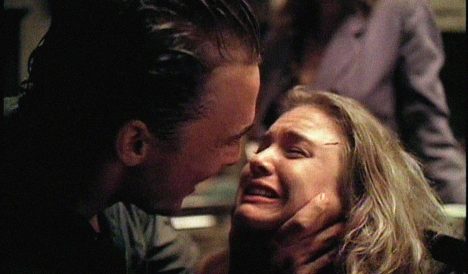It’s time for the Scannain podcast!
This week, I join Graham Day and Jay Coyle to discuss what we watched, the week in film news, the top ten and the new releases. Graham has rewatched The Shining. Jay has watched Cléo from 5 to 7: Remembrances and Anecdotes, Cabaret and Victor/Victoria. I have watched What We Left Behind. There is also a lively discussion of Batman vs. Superman: Dawn of Justice.
In terms of film news, the Galway Film Fleadh has announced its full line-up. The makers of the documentary Gaza have donated their prize money to the Gaza Red Carpet Festival Appeal. The Gaze LGBT film festival also unveiled its line-up. The SXSW hit Extra Ordinary was purchased by Cranked Up Films. Donal Foreman’s The Image You Missed is now available on Vimeo on Demand. Also, Hollywood is having (another) existential crisis this summer.
The top ten:
- Godzilla: King of the Monsters
- Child’s Play
- Diego Maradona
- X-Men: Dark Phoenix
- Brightburn
- Rocketman
- The Secret Lives of Pets II
- Men in Black International
- Aladdin
- Toy Story 4
New releases:
- Yesterday
- Drive
- Support the Girls
- Apollo 11
- Metal Heart
You can listen to the podcast directly here.
Filed under: Movies, Podcasts! | Tagged: aladdin, Apollo 11, batman vs. superman, brightburn, child's play, Diego Maradona, Drive, godzilla: king of the monsters, men in black international, metal heart, rocketman, Support the Girls, the shining, toy story 4, what we left behind, x-men: dark phoenix, Yesterday | Leave a comment »



































